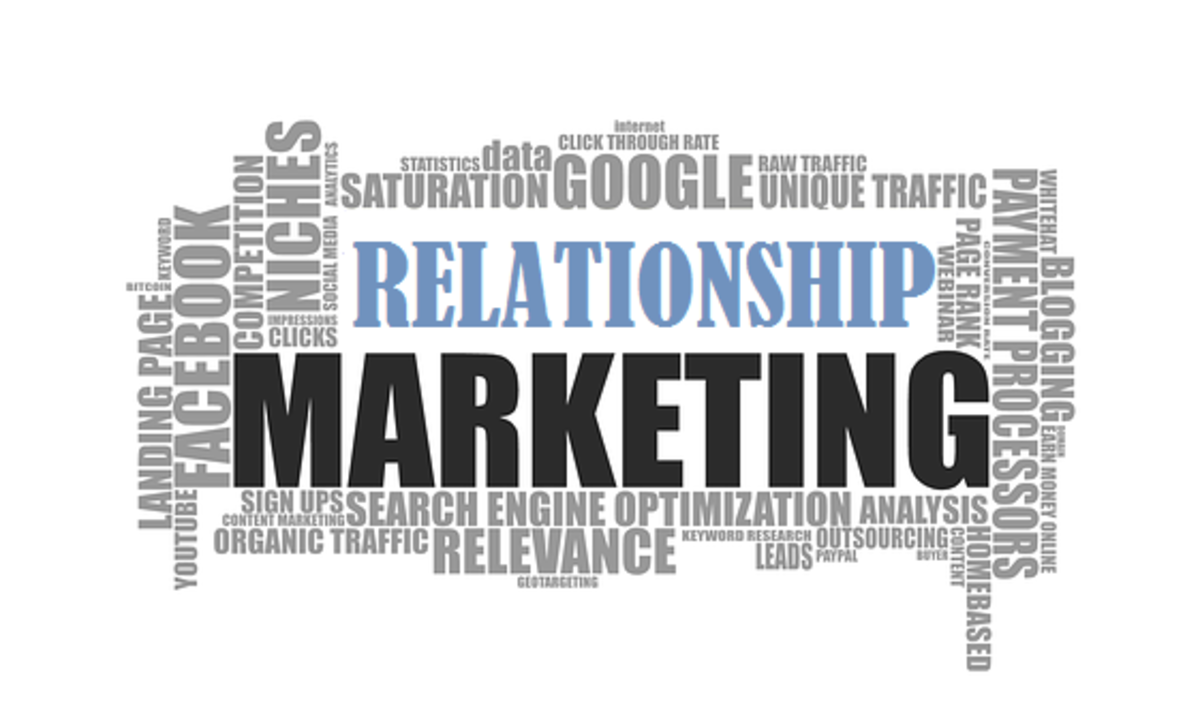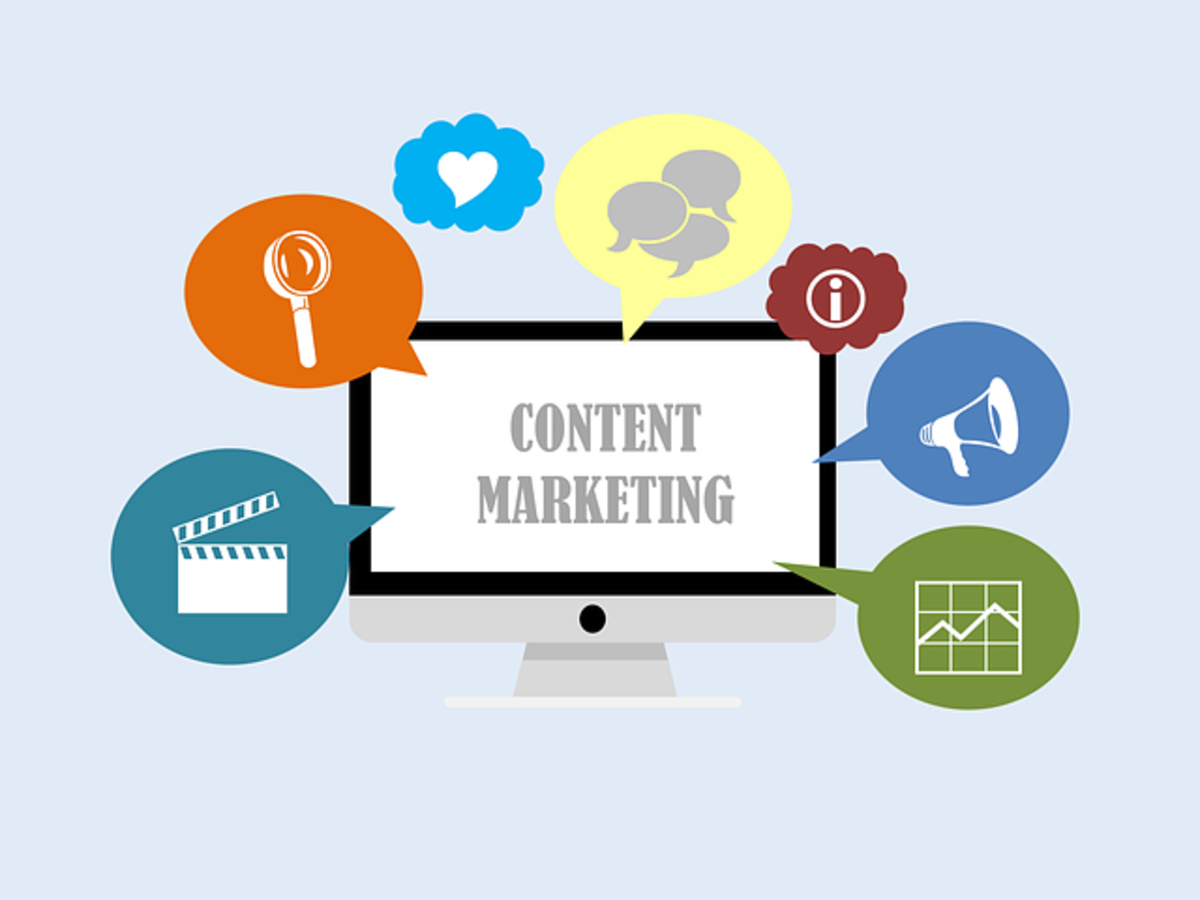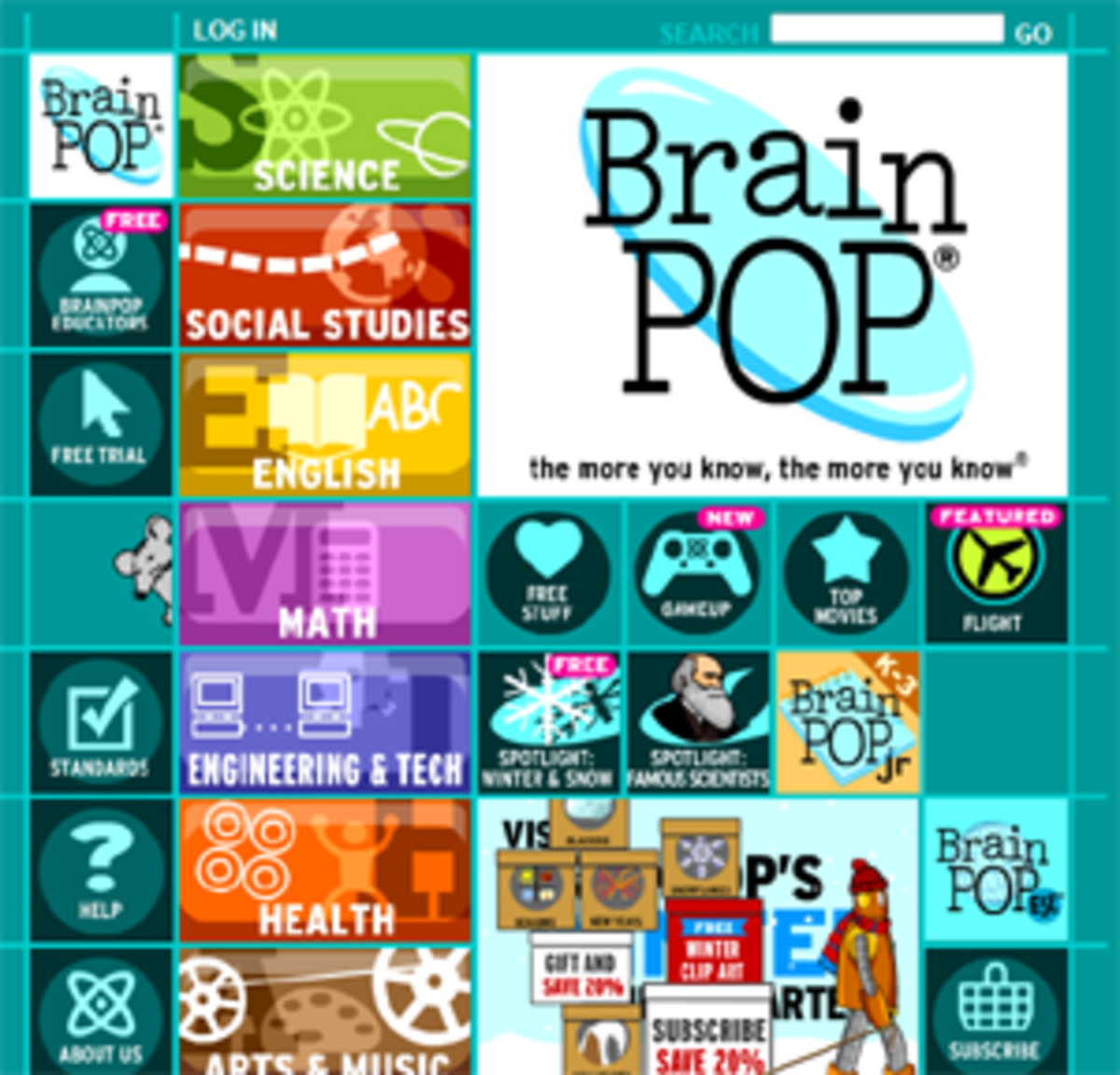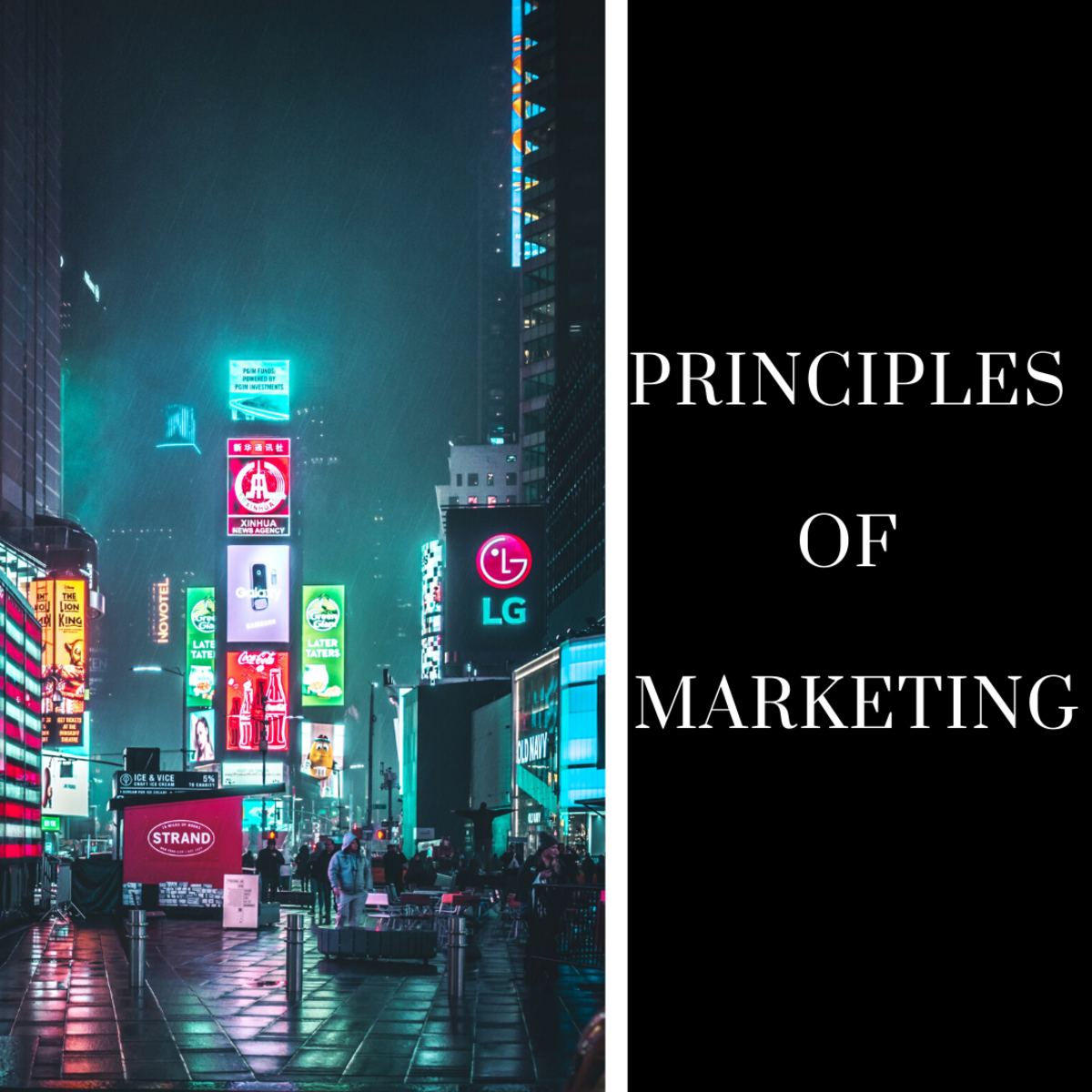Tailor Communications for Different Knowledge Levels

A business seldom has just a single audience group to communicate with. Tailoring the amount and type of information to each audience group, based on the level of knowledge that they already have about your field and your business, can maximise your communications effectiveness,
Consider:
- Who are the different audience groups you need to communicate to?
- How knowledgeable is each group with the subject matter or your business?
- How open are they to new information? Do they need to be eased gently into it?
- Are they open to be challenged? Or do they need more affirmations/acknowledgements of what they already know?
- Are they closed to communications from you but you still need to engage with them somehow?
Answering these questions will you determine the amount of facts to present, how to structure the communications, and determine the ratio of marketing/emotive language to facts.
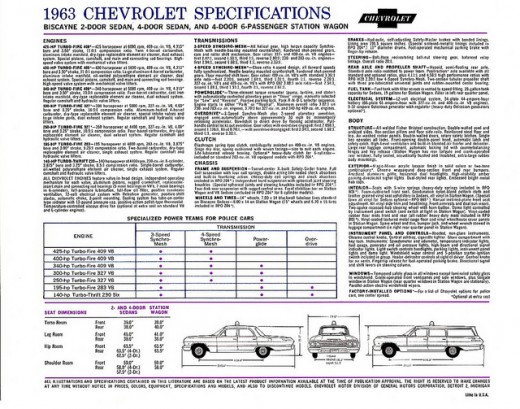
Expert or prosumer with deep knowledge
The experts and specialists in your field, and the prosumers (professional consumers) know a lot of technical details and your field and your products and services.
They think critically about their specialisation, and want to quickly get to the meat of the information. This group is the least likely to be swayed by marketing language and tactics.
For this audience group, you may want to:
- Go heavy on the facts.
- Minimise marketing speak and emotive feel-good padding.
- Present clear and rational arguments (and you’d better have the solid data to backup your claims!)
- Include lots of relevant footnotes and references.
- Use diagrams and conceptual models.
- Ensure photos show real technical details, and not just hero shots.
- Limit the repetition of information.
Typical business communications for this group:
- Technical sell-sheets.
- Tables of detailed specifications and data.
- Reference guides with indices and cross-references.
- Case studies.
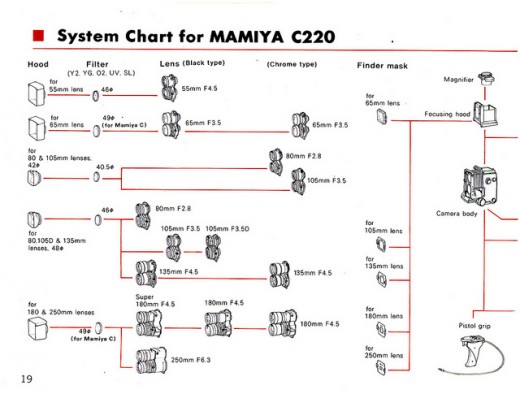
Smart, critical thinker with good general knowledge
These are generally adaptable people who have a good combination of critical thinking skills, intuition from life experience, and a range of general knowledge. They are sensitive to marketing spin, misinformation and scams.
Some of your prosumers will fall into this group. There is an opportunity here for your business to help educate these budding prosumers and convince them of the merits of your product or service.
For this audience group, you may want to:
- Provide a balance of marketing language and real facts. Use more emotive material to cultivate greater emotional engagement.
- Limit excessive marketing spin and claims. And avoid excessive technical details.
- Check and double-check the logic of your argument.
- Simplified “illustrative” diagrams and models.
- Use more general photographs.
Typical business communications for this group:
- Product and service reviews.
- Sales brochures that contain some technical details and tables.
- In-depth advertorials.
- User guides with more focus on actions than theory. More “how do I do this?” than “The technical benefits of this feature.”
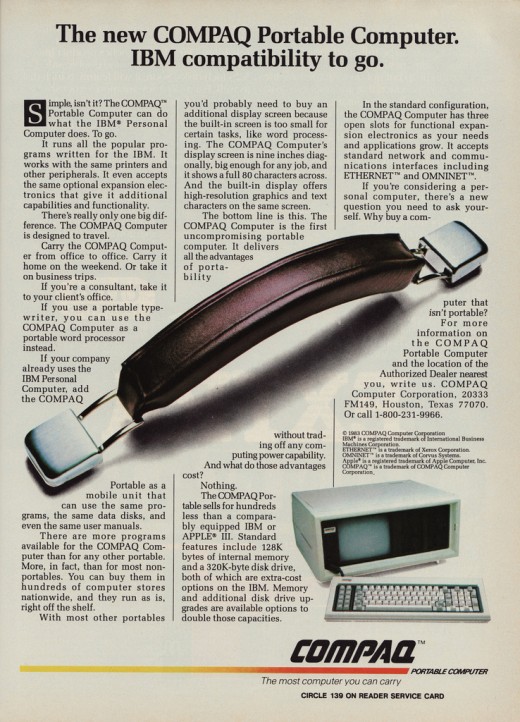
Rote-learner loaded with facts
Some people know a lot of rote-learnt, factual detail about your field. But they may not have as much actual functional understanding as the two groups above.
They may have a fairly rigid, rules-based approach to your communications. They are more susceptible to believing, without too much questioning, what you tell them; especially if your organisation is regarded as one of the sources of expert knowledge.
A large proportion of consumers in the general public will fall within this group.
For this audience group, you may want to:
- Provide more marketing-driven information. Play on the emotions more.
- Provide just enough facts to support the marketing information. Don’t overload them with details.
- Encapsulate complex concepts in simple catchphrases or keywords if possible.
- Present information as black and white conceptual models. Excessive shades of grey can cause confusion.
- Provide logical connectors so they can build their new knowledge on top of the facts they already know. You can also encourage them to ask questions.
- Create contextual frameworks to help them convert their facts into a deeper level of understanding.
- Wrap your communications with sufficient emotive reassurance and warmth.
Typical business communications for this group:
- Flyers, brochures and websites that contain introductory material as well as the beginnings of technical details. With an emphasis on marketing language.
- Banners and signs with a single clear value proposition.
- Feature comparison tables with a greater focus on “soft” benefits.
- Simplified tables of features; like nutritional information panels.
- Product and service reviews and advertorials that are lighter on technical details but provide connectors to help link different facts together.

Newbie open to learning
The people in this group don’t know what they don’t know. It can be initially challenging to communicate to this group because they are not seeking out to connect with you in the first place.
You can however, try to attract their attention. This is a great opportunity to educate and empower these potential new customers to make more informed decisions; to start building a trust in your business.
For this audience group, you may want to:
- Attract attention with more of an entertaining approach.
- Lead with marketing materials that appeal to the emotional benefits.
- Use only a tightly focused set of information. This is very much “less is more.”
- Repeat and reinforce this one, focused set of information.
- Plus the elements for the Rote Learning group, with less technical information and more “soft” benefits.
Typical business communications for this group:
- The elements for the Rote Learning group, with a greater marketing emphasis; and
- Stickers and labels like “Low Fat”, “No Cholesterol” and “Heart Safe.”
- Advertorials and informercials.

The wilfully ignorant
This audience group has already formed rigid and inflexible opinions of your field or your business. It will be just about impossible to convince this group of anything contrary to their beliefs, regardless of actual facts.
You may still have to communicate with such a group. A petrochemical company will still at times need to communicate with an environmental group. An oncology clinic may need to reach out to homeopaths.
About the only productive approach is to focus on the emotional side over any marketing messages or technical details.
For this audience group, you may want to:
- Identify and reinforce the common ground.
- Be extra sensitive over potential trigger words, images and concepts.
- Pay extra attention to positioning information “from their perspective.” Empathy will be an especially useful tool here. (Remember: it is possible to understand someone’s perspective without having to automatically agree with it.)
Typical business communications for this group:
- Open letters.
- Empathetic advertorials
- Empathetic posts on discussion boards.
Which audience group do you communicate with the most?
Your intention matters
The intentions behind your communications matter because they colour the feel and tone. Marketing language, appealing to emotions and other such techniques are not inherently unethical of course. It is how you use them.
Conventional marketing and PR is somewhat tainted by the bad apples who misrepresent, manipulate and spin communications; such as the people who write non-apologies. Audiences are increasingly wary of such deception, and will view organisations that do so with cynicism and distrust.
If you intend to do the right thing by your audience, this will show through in your actions. Inauthenticity is likely to turn your audience off regardless of how well crafted your message is.

JETpapers (Just Enough Theory) are condensed, technical knowledge for busy business people who want to make better-informed decisions, work more effectively with experts, and implement practical improvements. http://eicolab.com.au/
This content is accurate and true to the best of the author’s knowledge and is not meant to substitute for formal and individualized advice from a qualified professional.
© 2014 Zern Liew


